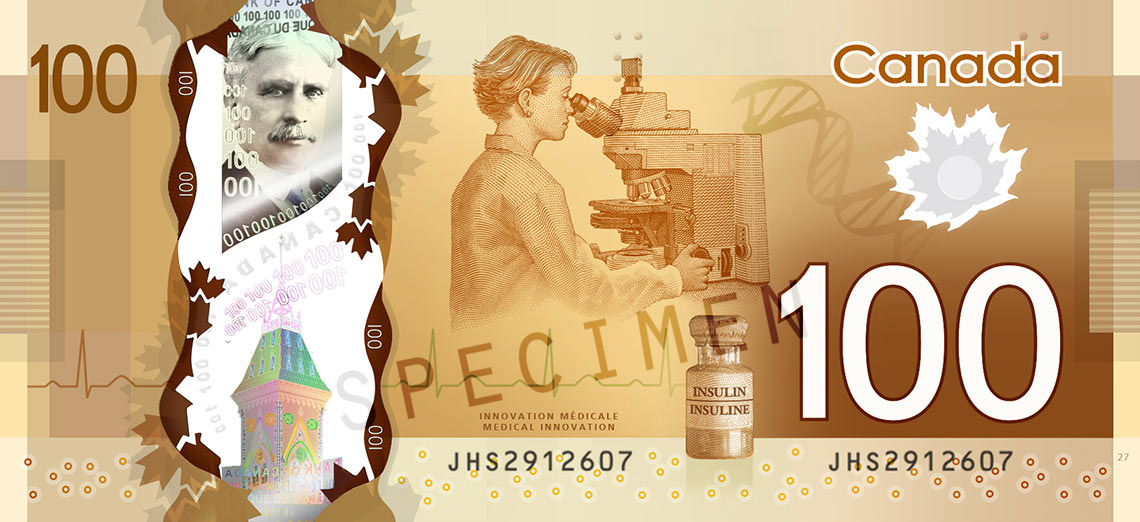
Happy Canada Day
Jul 01, 2022In honour of Canada Day, let’s celebrate ways our country has contributed to life sciences!
The Discovery of Insulin
The combination of Frederick G. Banting’s ideas, and chemistry skills of Charles Best and John Macleod led to the isolation of islet cell secretions in 1921 at the University of Toronto. This led to the development of synthetic insulin to treat diabetes patients. Banting was the first ever Canadian Nobel Prize nominee. A bottle of insulin can be seen on the Canadian $100 bill. Check out our insulin and insulin related ELISA kits here.

Discovery of the T-Cell Receptor
Tak Wah Mak discovered a key player of the human immune system in 1983 in Toronto. The T-cell receptor is found on the surface of T cells and is responsible for recognizing fragments of antigens bound to major histocompatibility complex (MHC) molecules. This was a major stride in cancer research. Check out our T-cell receptor related ELISA kits here, and our MHC related ELISA kits here.
Discovery of the Ebola Vaccine
Researchers at the Public Health Agency of Canada’s National Microbiology Laboratory developed the Ebola vaccine “VSV-EBOV”. Studies suggest this vaccine could prevent Ebola infection if used before or immediately after being exposed to the Ebola virus. In 2014, the Government of Canada announced its donation of the vaccine to the WHO.
HAART Therapy
A team led by Dr. Julio Montaner conducted research at the BC Centre for Excellence in HIV/AIDS and discovered the use of highly active antiretroviral therapy (HAART) for HIV/AIDS treatment. It is a cocktail of three drugs, taken daily, that prevents HIV from progressing into AIDS. By 2014, the plan was adopted by the United Nations as the global strategy to fight HIV/AIDS.